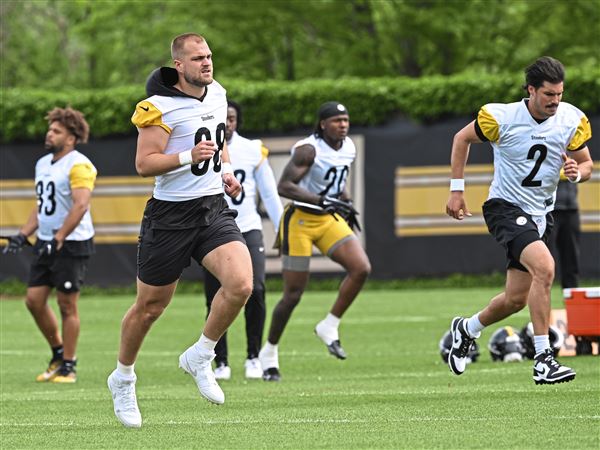Cellphone applications can turn your phone into a mobile dictionary, help you find your way when you are lost on a hiking trail and identify mystery songs on the radio. But can they make significant money?
That question has been hounding the entrepreneurs and venture capitalists behind the start-up companies that create the software programs.
For one company, Shazam, the answer appears to be yes. Shazam, whose app identifies a song playing in a club or on the radio and lets users download it, is already profitable. The company makes money when carriers pre-load the software onto phones and when people use it to buy a song from a music service like Apple's iTunes.
Shazam also sells some subscriptions and mobile ads, a business that started off slowly but has ballooned in the last three months, according to Andrew Fisher, Shazam's chief executive.
Kleiner Perkins Caufield & Byers, one of the top venture firms, is betting that Shazam will grow into a company that could go public. On Wednesday, it announced that it was investing an undisclosed amount in Shazam from its $100 million iFund, which backs companies that develop iPhone applications.
On the surface, cellphone applications are a huge market. More than two billion have been downloaded to iPhones and iPods since Apple opened its App Store last year. And many millions of apps have been downloaded from other cellphone app stores, including those of Nokia, Google, Palm, Microsoft and Research in Motion, which makes the BlackBerry.
The problem for software developers is that most of these applications are free or cost only a dollar or two. While some individual developers have made tens of thousands of dollars from their applications, that is a fairy tale for most and not enough on which to build a sustainable business.
"It's still too early to say there is a business model or three business models that will work," said Jeff Orr, senior analyst for mobile content at ABI Research. "Each is going to stand up right now and say, 'Mine's the best,' though there are very few that can actually make that case."
But Matt Murphy, the Kleiner Perkins partner who manages the iFund, says that viable revenue models will be found.
"We are super early in the game here," he said. "Shazam is at the forefront. I think they're going to be one of the companies that shows the way to building a really large business around this ecosystem."
Shazam's secret was starting with a simple application and expanding from there, Mr. Murphy said. The company started in 2002 with a service that let people type in a code and receive a text message with the name of the song and a ring tone to download. Today, iPhone users just hold up their phones to a speaker when a song is playing, and after the software identifies it, they can buy the music from iTunes.
Shazam's popularity has exploded in the last year because of unlimited data plans, reduced rates for music downloaded to cellphones, the iPhone and the App Store, Mr. Fisher said. Fifty million people use the app today.
It has also benefited from being an application with a real use, Mr. Fisher said. Novelty applications -- those that mimic a whoopee cushion, for instance -- are initially popular but quickly lose their appeal. For applications to steadily attract users and persuade them to pay, they have to "solve a problem for the consumer," he said.
Shazam currently offers its application for iPhones and Nokia phones free, but charges for the BlackBerry version. However, by the end of the year, it plans to give all users five free song identifications a month and charge them $4.99 a month if they want unlimited usage and extra features. Shazam will most likely sell other items from within the application, like band tickets and merchandise, and branch into other types of media, like video.
Mobile apps will become a much bigger business as their creators experiment with new types of ads, Mr. Orr said. The tiny banner ads shown today are still primitive, he said, and advertisers will start to take advantage of GPS and video technology.
Just 17 percent of mobile subscribers in the United States have smartphones today, but that is a 72 percent increase from a year ago, according to Nielsen Mobile Insights. The application market will grow as the number of smartphone users grow, according to Mr. Murphy. "I'm pretty bullish on what it's going to end up looking like," he said.
First Published: October 15, 2009, 4:45 p.m.
















